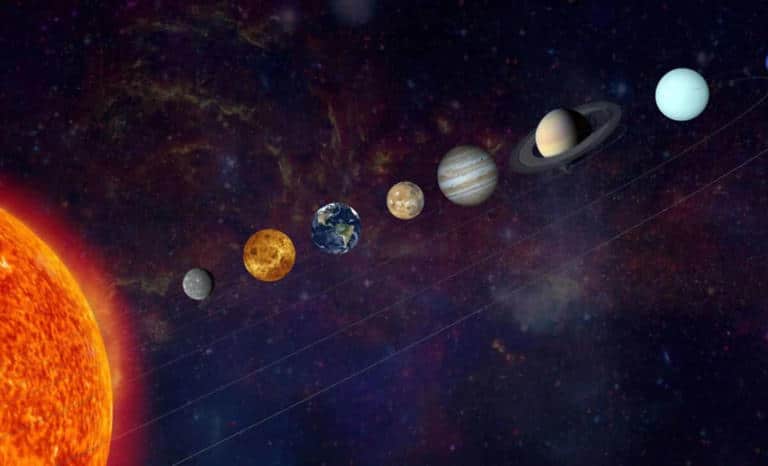NASA Captures Unique Uranus Occultation, Revealing Insights

NASA’s astronomers recently seized a unique opportunity to study Uranus during a rare event known as a “stellar occultation.” This phenomenon occurred on April 7, when Uranus passed in front of a distant star, allowing scientists to gather crucial data over the course of an hour. Visible from western North America, this marked the first bright occultation of Uranus since 1996. An international team of over 30 scientists, coordinated by NASA’s Langley Research Center, collaborated across 18 observatories to enhance our understanding of the planet’s atmospheric structure.
Significant Collaborative Efforts in Observations
The successful observation of Uranus during the occultation was a monumental achievement, as highlighted by planetary scientist William Saunders. He emphasized that the extensive collaboration among various telescopes was essential for the success of the project. “By observing this occultation from so many large telescopes at so many altitudes, we can determine the temperature structure of Uranus’ atmosphere at a level of detail that was not possible before,” Saunders explained. The data collected during this event is expected to play a vital role in shaping future missions aimed at exploring Uranus.
During the occultation, researchers focused on measuring the temperatures and chemical composition of Uranus’ stratosphere. This provided insights into atmospheric changes that had not been documented since the last significant event nearly three decades ago. Uranus, located approximately 2 billion miles (3.2 billion kilometers) from Earth, lacks a solid surface. Instead, it is enveloped by a swirling mass of clouds composed of water, ammonia, and methane, which form a slushy layer over a rocky mantle, surrounded by an atmosphere primarily made up of hydrogen and helium.
Insights into Atmospheric Dynamics
The findings from this occultation suggest that ice and gas giants like Uranus serve as natural laboratories for studying atmospheric phenomena. The absence of a solid surface allows for a unique examination of cloud formation, storm development, and wind patterns, which are interconnected within a unified atmospheric system. Emma Dahl, a postdoctoral researcher at the California Institute of Technology, noted the significance of these observations. “We can find out why we have clouds, why we have storms, and why we have wind, not from the many thousands of objects that we have on the surface here on Earth, but from the total atmosphere that we have over the mountain,” Dahl stated.
This perspective underscores the importance of studying Uranus and similar planets to gain a deeper understanding of atmospheric processes that differ from those on Earth. The data collected during this event not only enhances our knowledge of Uranus but also informs future research and exploration strategies.
Future Opportunities for Observation
Looking ahead, NASA officials have indicated that Uranus will have several opportunities to occult dimmer stars over the next six years, providing additional chances for observation. However, the next significant event involving a brighter star is anticipated in 2031. This upcoming occurrence will offer astronomers yet another opportunity to refine their understanding of Uranus’ dynamic atmosphere and its delicate ring system.
As researchers continue to analyze the data gathered from this recent occultation, the insights gained will contribute to our broader understanding of planetary atmospheres and the unique characteristics of Uranus. The collaborative efforts of scientists and observatories highlight the importance of teamwork in advancing our knowledge of the universe.
Observer Voice is the one stop site for National, International news, Sports, Editor’s Choice, Art/culture contents, Quotes and much more. We also cover historical contents. Historical contents includes World History, Indian History, and what happened today. The website also covers Entertainment across the India and World.

